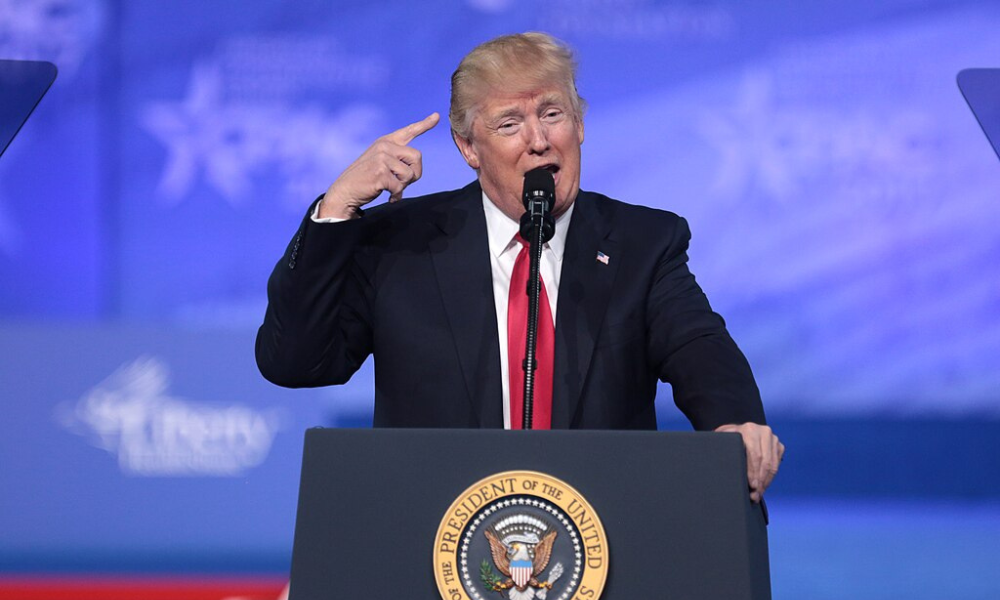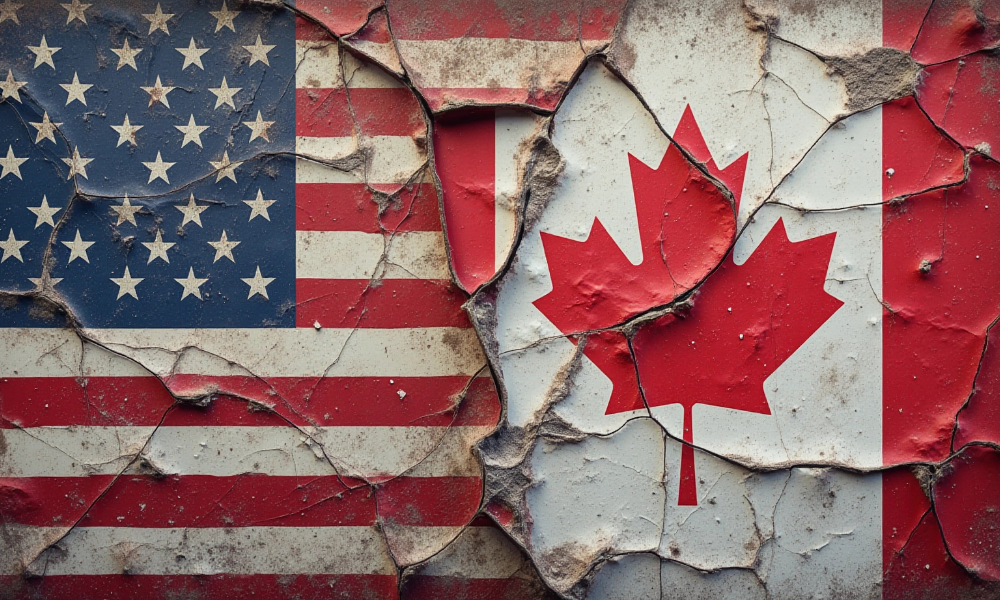Head of macroeconomic strategy outlines implications for advisors as Trump targets Canada's second largest export

The decision by President Donald Trump to impose blanket 25 per cent tariffs on all new automobiles built outside of the United States represents the latest in a series of blows to the Canadian economy by the US administration. The decision, which leaves space for a negotiated settlement around auto parts, directly targets Canada’s second largest export sector by dollar value after energy. It’s a policy decision that resulted in somewhat muted reactions on markets in both Canada and the US but one that might give us a hint as to what we can expect on April 2nd when the US is set to announce its reciprocal tariff policy.
Lorne Gavsie, SVP and head of macroeconomic & FX strategy at CI Global Asset Management unpacked what this decision means for markets and for the Canadian economy. He outlined some of the impacts we may see in Canadian jobs as well as noting the short-term steps the Canadian government has taken to soften the blow. He also explained why market reactions have been somewhat muted and highlighted how advisors can manage the uncertainty that emerges from this US decision.
“There is a framework for how we are thinking about these things. We’re concerned about three things around the economic and sector impact of the tariffs,” Gavsie explains. “The first is depth. Using autos as an example, will it just impact finished autos, will it include parts, or will it go deeper? The second is breadth, will these be product targeted, sector targeted, or blanket tariffs. That will be a big driver in determining the economic impact for Canada and for all countries. The million dollar question is duration. Are these going to be permanent or temporary, and is this a negotiation tactic to achieve a different outcome? I think the answer probably lies somewhere in the middle.”
Gavsie notes that there are a few clear goals that President Trump has in mind with his trade policy. He has stated a desire to bring more manufacturing jobs to the United States. He also clearly wants to generate a form of external revenue to help pay down US debt and support some of the spending cuts being led by Elon Musk. There have also been foreign policy aims baked into the President’s rhetoric, which could be part of the end game for Trump. Despite knowing some of those goals, Gavsie notes that there is still a huge amount of uncertainty about how the US might go about pursuing them.
While uncertainty persists around these decisions, US and Canadian equity markets took the news with more muted action. Markets held relatively flat on Wednesday following the announcement of the tariffs late on Tuesday. This is contrasted against the more panicked reactions seen in equity markets following the tariff threats levied in early February and March. Currency markets, which have borne the brunt of the trade war to date, were also quite stable considering.
Gavsie noted his own surprise at the lack of significant reaction. He attributed it to a number of potential factors. The first being that investors are still waiting to see what form reciprocal tariffs will take next week. The second is that there has been an element of ‘the boy who cried wolf’ in Trump’s tariff policies, since most actions have been gradually walked back after they were announced. There is also some likelihood that tariff risk has been priced in via something of a drip feed, and while there is risk of higher volatility emerging next week, markets might have become somewhat inoculated against tariff threats.
While the market reaction to auto tariffs may have been initially muted, Gavsie notes that the Canadian economic impacts could be severe. The decision impacts roughly 125,000 direct auto sector jobs with possible indirect impacts on around 500,000 jobs across Canada. He highlighted a few immediate steps taken by Prime Minister Carney to offer short-term supports. That includes what is effectively a tax deferral program for corporations to help them maintain liquidity, as well as changes to employment insurance administration to ensure laid off workers can access EI quickly.
Longer term Gavsie notes that there could be more pain ahead if tariffs hold in. There has been a spike in Canadian exports in Q1, which has buoyed GDP growth numbers, but that appears to largely be driven by US importers front-running tariffs and stocking up inventories. It is likely that this order volume drops off due to either tariff implementation or a resolution to the trade conflict. Longer-term support for an ailing economy would likely require Canadian government intervention, however the ongoing election and lack of a sitting parliament appears like it will complicate this issue.
As advisors try to sort through a challenging economic picture and a staggering degree of uncertainty, Gavsie believes that a calm approach, a long-term focus, and a more fundamental view of investing can help create value.
“We can hope that none of this happens, but hope isn't a strategy. Hope isn't a way to manage an investment portfolio,” Gavise says. “So we do need to be thoughtful, calm, and disciplined, as opposed to reactionary. Diversification has never been more important than now because there are still going to be sectors that perform exceptionally well. As long-term investors, we're not trying to play the guessing game. Sure you might want to shift a little more defensive, you might want to readjust some of your allocation weights to be a bit more balanced in your approach. But we're not saying ‘run for the hills,’ and I think that's a really important message for advisors.”



